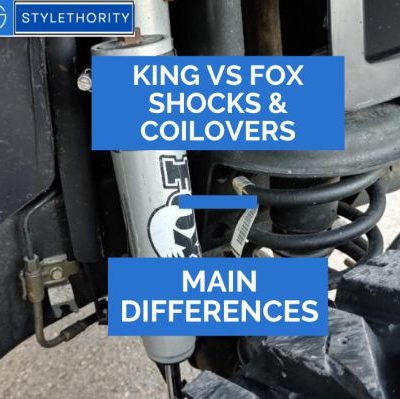Smartwool 150 vs 250 Layers: A Guide
Stylethority is reader-supported. When you buy through links on the site, we may earn a commission.
Some people think that as far as merino wool is concerned, thicker means better.
Well, it really isn’t. Unless you’re into semi-boiling yourself when running at 45 F (~7°C), for example.
Let’s talk about Smartwool 150 vs 250 layers. In general, there are three factors that matter here:
- How durable do you want your merino wool layer to be?
- How active do you want to be while wearing it?
- What’s the outside temperature (and how temperature-sensitive are you)?
Want a personal example? I and my SO bust out 250 layers like this one when it drops below 30 F (~0°C). We put it under a fleece and we’re comfortable on light hikes.
If you run hot, the Smartwool 250 might even be a perfect single layer for the ~35 F temperature range.
If it’s around 40-50 F (5-10°C) we’re comfortable jogging in a Smartwool 150 under a windbreaker vest. In that range, a single 250 is too hot for us!
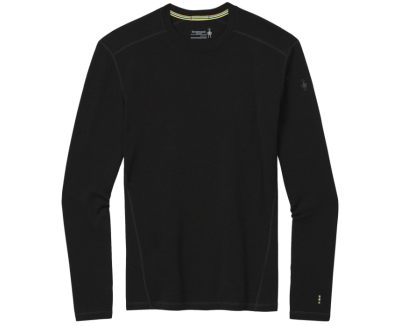
Warm and comfy, with supreme stitching that keeps it fray-free for longer. Great for colder temperatures or more static activities.
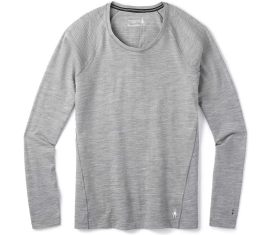
Perfect for intensive workouts or jogging at milder temperatures. Thin, extra moisture-wicking, comes in cool colors.
By the way, my SO does like knitting her own small merino wool accessories.
When doing so, she uses the thinner gram variety at 60 to 90:
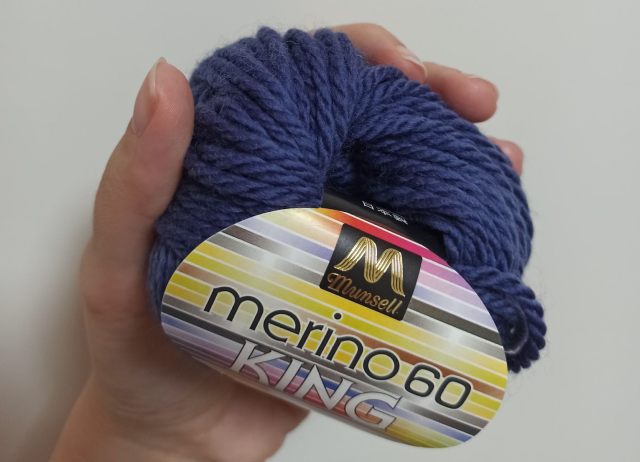
I highly suggest you steer away from trying to DIY merino wool on thicker densities. It’s very time-consuming and honestly, darn expensive compared to simply buying the layer you need!
Onwards to the article now!
Smartwool 150 vs 250 layers:
Based on activity
The first fundamental factor I want to cover is the activity you need merino wool clothing for. The big question here is how intensive are you going to be in your outdoor adventures.
In general, steer away from the 250 layers if you’re looking for a simple workout. Same for cycling or running above 40-45 F, except if you run very cold.
During higher intensity activities at this temperature range, you might get hot even by running the Smartwool 250 as a single layer.
On the contrary, a simple 150 would feel cold if you’re doing something less intensive. As soon as the temps drop to 30ish F, you’ll need an outer layer jacket to supplement it with.
And of course, the 250 leggings are a great companion when hiking in sub-25 F cold weather. Put them under your pants and you’ll be toasty without restricting movement.
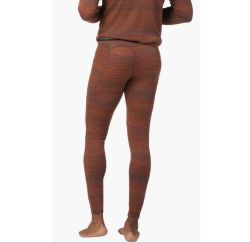
Very comfy, very warm, and coming in several fascinating designs no other brand offers. Great value for the price.
Here is how Smartwool differentiates between their 150 and 250 layers. I fully agree with their categorization.
Just keep in mind that for winter sports, obviously, you’d want to use the 250 crews or bottoms as a base layer under an outer shell.

Smartwool 250 vs 150 merino:
Durability concerns
I won’t lie: Smartwool 150 clothing is pretty thin and lightweight.
The 150 baselayers, be it leggings or shirts, can get fragile if you pull on them. Be extra careful when stretching these garments. I’m guilty of this, as once I overdid it with a 150 shirt when pulling it over my head like a madman.
I’ve seen plenty of people concerned that buying a 150-layer means it’ll last only for a season.
No, it won’t. Just take a little bit more care of it and you’ll be fine.
I have to note that this fragility isn’t as present with Smartwool 150 beanies. Mainly because you don’t have many opportunities to stretch this one that much, haha.
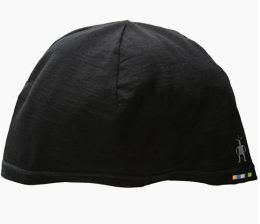
Great for morning runs on a chilly weather. Not warm enough for hiking, so pick the 250 there. For urban jogging/walks, it's perfect!
Conversely, Smartwool 250 layers are significantly denser. This means you have more leeway of pulling them around without damaging the fabric.
When comparing Smartwool to other brands, I mentioned the improved stitching you get with Smartwool. This is especially prominent in 250 baselayer crews and other merino wool clothing in this density range.
In other words, if you feel like you’re too careless with your clothing, I recommend going for the 250 option. It’ll last you longer, and I’m sure you will have no issues with using it as a single layer for intensive activities.
Breathability and warmth levels
Look, it’s Smartwool we’re talking about. Their merino wool is always comfy, moisture-wicking, and keeps you warm at its intended temperature range.
That said, any Smartwool 150 will be extra breathable just because of how thin the fabric is. And compensating for its decreased breathability, the 250 layers will be significantly warmer.
I’ve mentioned it before, but the basic equation is:
- 150g/m2 is the thinnest merino wool brands offer. It’s used as a base layer. You either layer on it during autumn or winter or wear it as a single layer in summer.
– - 250g/m2 falls within the midweight layer range. You either use these as a single layer during autumn or in colder winter you use them as a base layer beneath outerwear.
A middle-ground solution in terms of breathability and warmth is the Smartwool 200 Intraknit line. It’s more niche compared to their usual merino wool weight.
In any case, rest easy: you won’t feel ‘suffocating’ in any Smartwool clothing. That’s not how merino wool works, the moisture-wicking properties are always there. The density just diminishes them slightly.
For higher-density merino, Smartwool works fine too. However, if you’re looking for heavyweight options at a decent price, you can additionally consider Woolx which I’ve also reviewed.
As long as you wear the fitting layer for how your body feels at specific temperature ranges, you won’t be sweaty or experience discomfort.
➥ Our recommendations for men ➥

Very comfy, very warm, and coming in several fascinating designs no other brand offers. Great value for the price.

Warm and comfy, with supreme stitching that keeps it fray-free for longer. Great for colder temperatures or more static activities.
➥ Our recommendations for women ➥

Perfect for intensive workouts or jogging at milder temperatures. Thin, extra moisture-wicking, comes in cool colors.
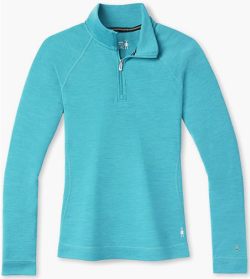
Great for mountain hiking, trekking and other outdoor activities in harsher weather. Remember to layer it beneath an outer shell during winters.
- Woolx vs Smartwool: Discussing Some Details - October 4, 2023
- Best Struts For Honda Accord & Element: What Works - September 22, 2023
- Bilstein vs Monroe Shocks: My Opinion On What Works Best - September 19, 2023




